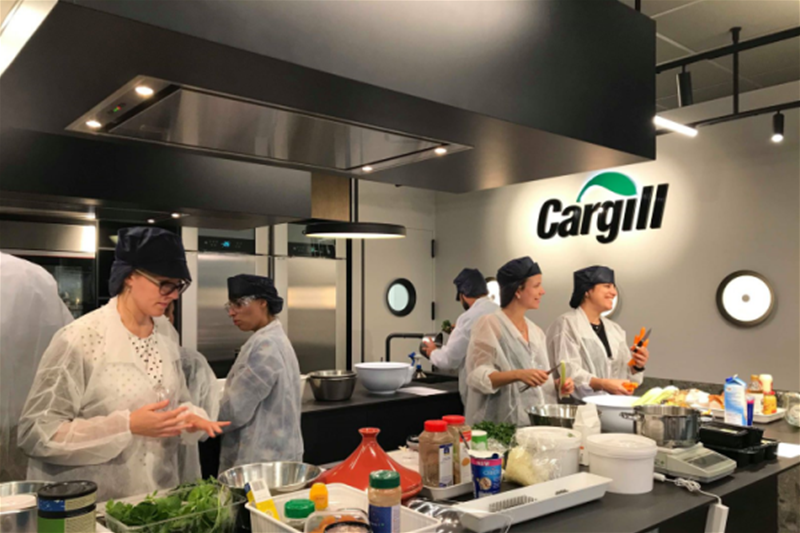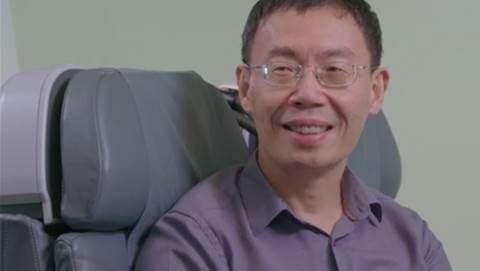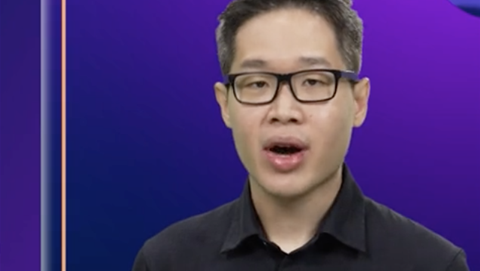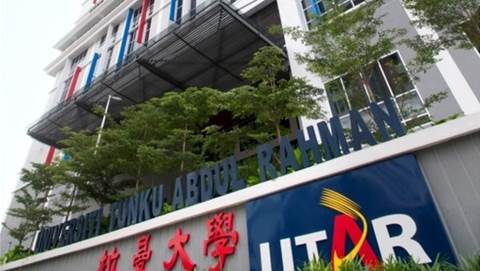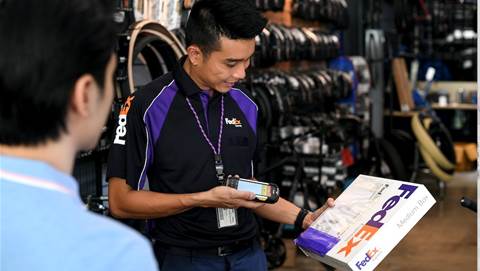Agriculture food supply chain company, Cargill, is digitising and implementing smart manufacturing in all its plants and establishments.
Regional IT manager for the Asia Pacific, Rajasegaran Subramaniam, told a NetEvents and IDC roundtable last week that with smart manufacturing, the company is “trying to use data to make sure that we maximise the production yield”.
Cargill is a 157-year-old US-based privately held company with US$134.4 billion in revenues as of 2021.
It has four main business segments; agriculture supply chain, food, ingredients, animal nutrition and animal protein, Subramaniam said.
Along with smart manufacturing, modernising its infrastructure is a major area of focus for Cargill as part of an overall digital transformation strategy.
Subramaniam said apart from digitising for better interaction with external stakeholders, Cargill is also upgrading its own systems and processes.
“We are talking about our enterprise resource planning (ERP); we have been implementing SAP for the past 10 years and we will continue to do so,” he said.
For non-ERP systems, Cargill is moving into the cloud, Subramaniam said, adding that the company is in the last phase of deploying a software-defined, wide area network (SD-WAN) to make cloud access seamless.
Switching to SD-WAN
Subramaniam said that with 200 sites across Asia, the company has moved from traditional multiprotocol label switching (MPLS) wide area network connectivity to the “more efficient SD-WAN”.
Usually, with an MPLS network, traffic to and from branch offices is directed through a centralised data centre when users access applications sitting in the cloud, and this often affects connectivity speed as latency is added by the distance each packet is required to travel as it is routed through the data centre.
An SD-WAN network, on the other hand, is more flexible as it separates the network control and management processes from the underlying hardware and makes them available as software that can be configured and deployed easily.
Subramaniam said the company has made a “pretty percentage saving” from switching to SD-WAN from its legacy MPLS network with the help of Tata Communications.
“By design, all our 200 sites have a dual-link and so, nowadays, the dialogue is not about whether the link is down or not or how much we need to spend to keep it running, it is a given the network would be always available,” Subramaniam said.
This helps the company focus on digital transformation instead of “foundation stuff” like connectivity, Subramaniam said.
He added that the company is also investing a lot into cyber security since a lot of “vulnerability is happening throughout the world”.
Sharing further on the company’s digital transformation journey, which started around five years ago, he said Cargill is looking to use data to optimise its use of power, water and other inputs.
“We are also looking at how we can use digital twins (of manufacturing facilities) to see how we can change some of the parameters of the production line and how we can predict what the output would be,” Subramaniam said.
Cargill is also looking to make the supply chain more intelligent and “what this means is how we can, for example, bring transparency to where the food is coming from," he added.
Giving an example, Subramaniam said the company can use blockchain and “make sure that the chocolate we are eating is coming from the farm where we take care of the welfare of the people so that it is all sustainable in the long term”.
This ties into “one of the key values of Cargill”, which is to provide sustainable, safe and responsible production, he said.
Transforming approach
Digital transformation is also helping the company to focus on improving its approach to customers and the market, Subramaniam added.
“We are talking about not just selling a typical agriculture product, but we are also getting into digital services and how we use our technology to engage our customers,” he said.
He said Cargill is creating digital products like mobile apps to provide information to farmers in parts of India.
This helps the company to cut the middlemen out “so that we can give much better prices to the farmers… we try to help them and make sure that they can optimise their yield as well”, he said.
Subramaniam said for Cargill, technology implementation is not about what piece of technology was being implemented, be it the Internet of Things (IoT) or artificial intelligence (AI).
“Rather it’s about what value, what problems we are trying to solve and we use the technology as the solution rather than starting with the technology as a driver,” he said.
During the discussion, Subramaniam raised an important point about talent.
“I think we have a lot of good technologies, plans and ideas, but we sometimes overlook the talent,” he said.
Subramaniam added that talent plays a crucial role and “while we have to focus on the technologies and value… we need to think about how we can engage talent, retain them and develop them”.
